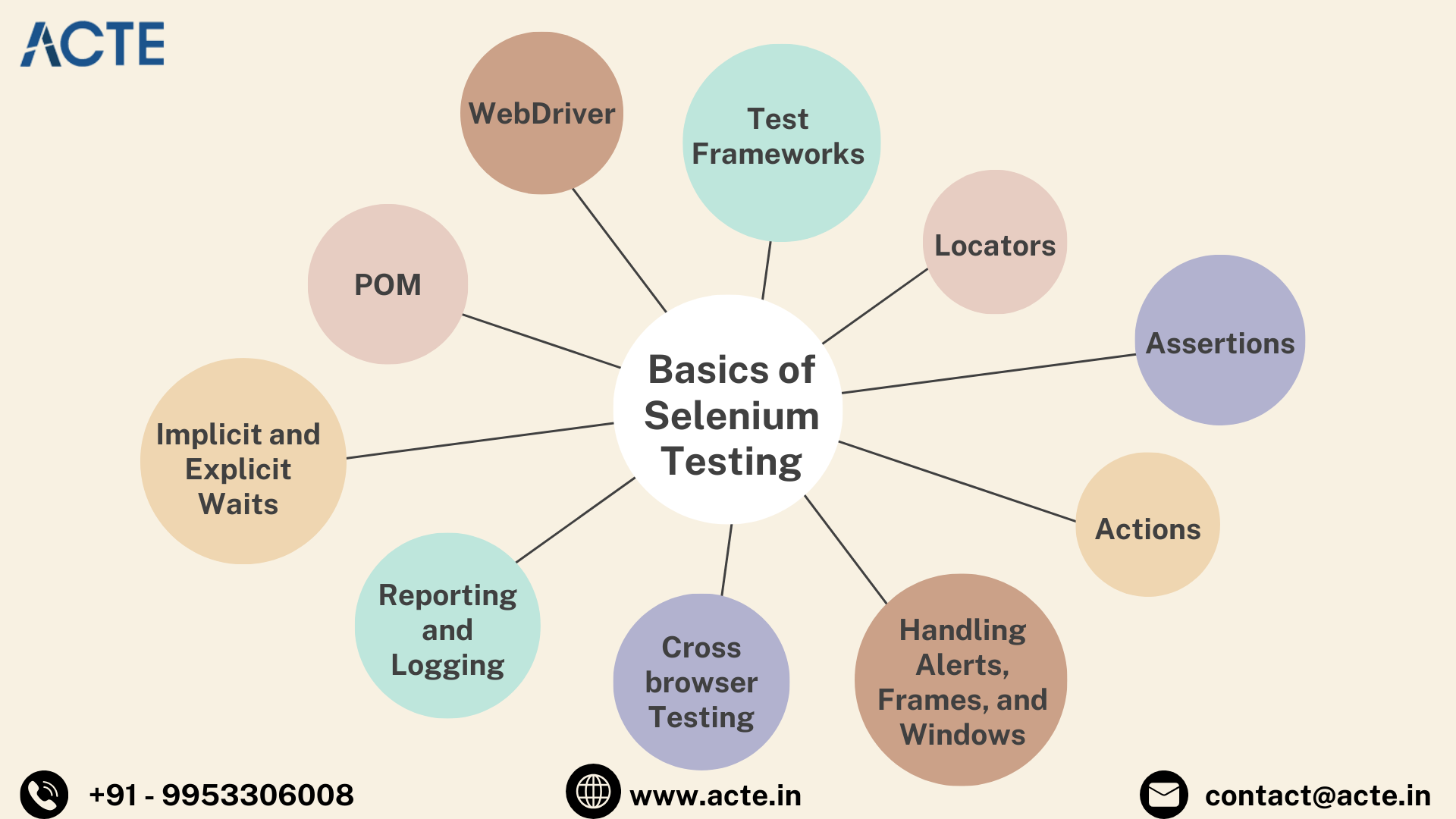Getting started with testing, especially with a robust tool like Selenium, can be both exciting and daunting. As a beginner, breaking into the world of Selenium testing requires understanding some fundamental components and getting hands-on experience. For practical learning and expertise in Selenium, I suggest enrolling in Selenium Training in Chennai. This guide is designed to assist you in conquering the initial challenges and laying a solid foundation in Selenium testing.

What is Selenium Testing?
Before diving into the specifics, let's understand what Selenium testing entails. Selenium is a popular open-source automated testing tool for web applications. It allows testers to validate web applications across different browsers and platforms. Selenium supports a large number of programming languages, such as Java, Python, C#, and Ruby, and so ensures a versatile testing procedure.
Selenium Suite: Your Toolset
Selenium is not a singular tool but a suite composed of several components:
Selenium WebDriver
Forming the soul of Selenium, the WebDriver facilitates direct communication with the browser, enabling the creation and execution of more complex, robust automation scripts.
Selenium IDE
The Selenium IDE serves as a perfect starting point for beginners. It's a record-and-playback tool, which means it records the tester's actions in the browser and then generates a script.
Selenium Grid
Selenium Grid speeds up the process by executing multiple tests concurrently, achieving quicker, extensive cross-browser testing.
Steps to Kickstart Your Selenium Testing Journey
Creating your first Selenium test involves following these foundational steps:
- Select a Programming Language: Choose a programming language that aligns with your skillset or learning goals, as this guides your scripting process.
- Download an IDE: Depending on your language choice, download an appropriate Integrated Development Environment (IDE). Tools like Eclipse, PyCharm, or Visual Studio Code are excellent starting points.
- Install Selenium WebDriver: Based on your chosen browser, download the corresponding WebDriver.
- Set Up a Testing Framework: Install a testing framework associated with your programming language, like TestNG for Java or pytest for Python.
Best Practices to Keep in Mind
As you embark on your Selenium testing journey, here are a few best practices you should adopt:

- Follow the Page Object Model (POM): POM improves maintainability by separating the page structure from the test scripts, leading to more readable and reusable code.
- Make Use of Wait Commands: Implement 'waits' when necessary to handle scenarios that require waiting for page elements to load.
- Keep Tests Independent: Your test cases should be self-contained and independent of the outcome of other tests in order to ensure proper functionality. Consider enrolling in Selenium Online Training and engaging with the Selenium community to enhance your skills and broaden your horizons further.
Conclusion
Entering the realm of Selenium testing introduces you to a whole new world of automated web application testing. While the initial learning curve might seem steep, don't be deterred. Start with the basics, practice regularly, and gradually delve into more advanced topics. Remember, every expert was once a beginner. Happy testing!

No comments yet